Enjoy this buttery, soft, traditional Greek cake called vasilopita and bring in the new year with a bang! This cake also comes with a hidden coin inside! If you find the lucky coin - congratulations! You'll have good luck for the rest of the year!

CONTENTS
What is Vasilopita?
- Vasilopita is a traditional Greek cake served midnight on new year's eve to welcome the following year.
- It's steeped in tradition and honours the life of Saint Basil. The cake is named after him - "Vasili" is Basil in Greek, and "pita" can refer to cake, pie or bread.
- It has a "lucky coin" inserted into the batter, and whoever receives the piece with the coin is said to have good luck for the following year.
- In certain regions in Greece, vasilopita is also prepared as a brioche-like bread (this bread version is similar to my tsoureki).
- It's pronounced "va-see-lo-pee-tah".
Why you'll love this recipe
- It's traditional. Like a lot of traditional Greek recipes, making vasilopita is a must.
- It's the perfect coffee cake. It's a great recipe to serve with tea or coffee - delicious!
- It's fun! There's a lot of anticipation about who will win the hidden coin and the person who finds it! They're definitely in for a happy new year!
Ingredient Notes
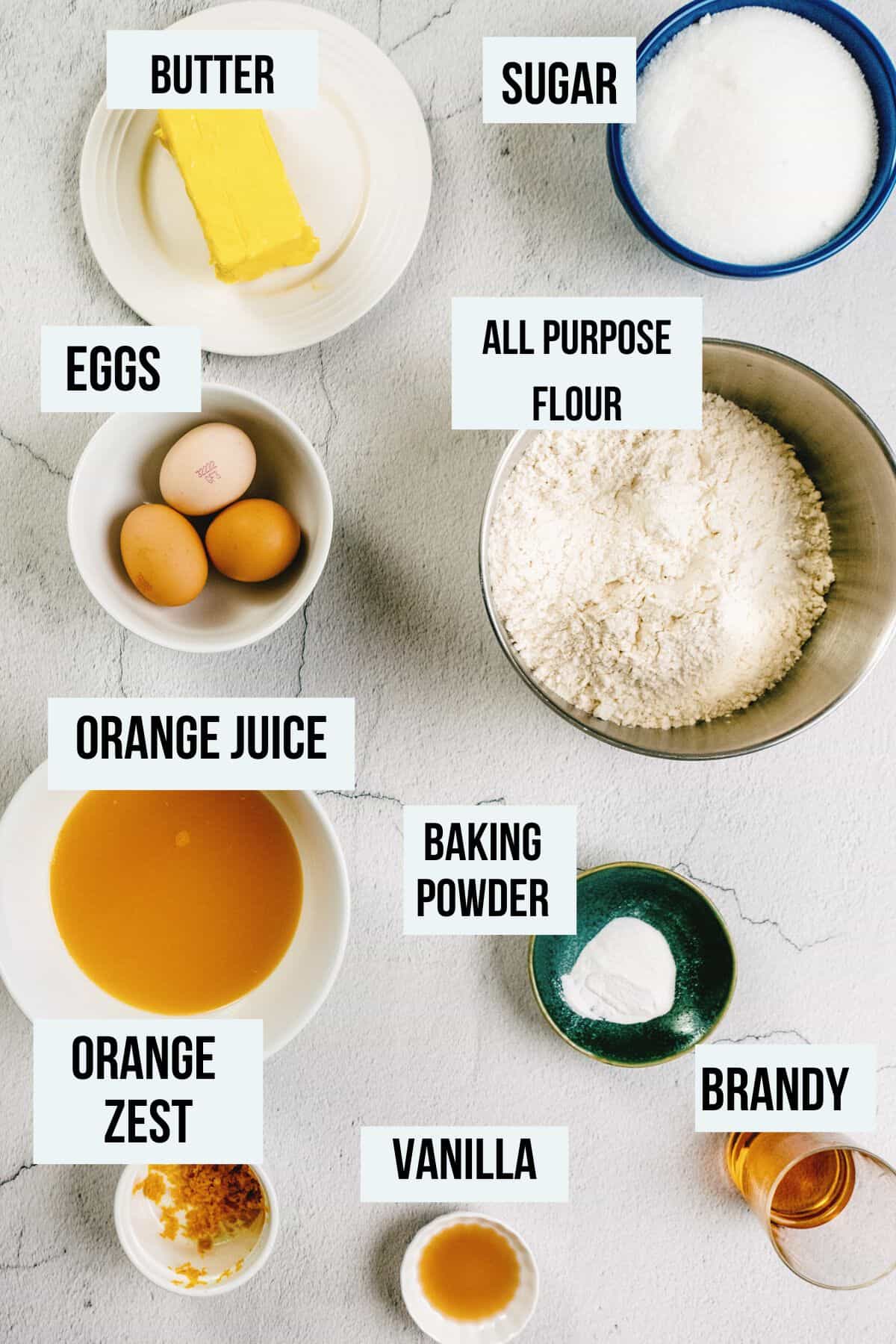
- Butter: I'm using unsalted butter. Make sure it's at room temperature.
- Sugar: white granulated sugar or caster sugar (superfine) works perfectly.
- Eggs: my eggs are medium-sized and weigh 60 grams.
- Vanilla: I'm using vanilla extract to add flavour and aroma to the vasilopita.
- Orange: the orange juice and zest are the signature flavours for this recipe. You can also add a little lemon zest for an extra citrus hit.
- Baking powder: acts as the leavening agent.
- Flour: I'm using regular all-purpose flour.
- Brandy: nothing like a bit of alcohol in the new year!
- Powdered sugar (not pictured!): is used for dusting the vasilopita.
How to make vasilopita
For the full vasilopita recipe, see the recipe card below.
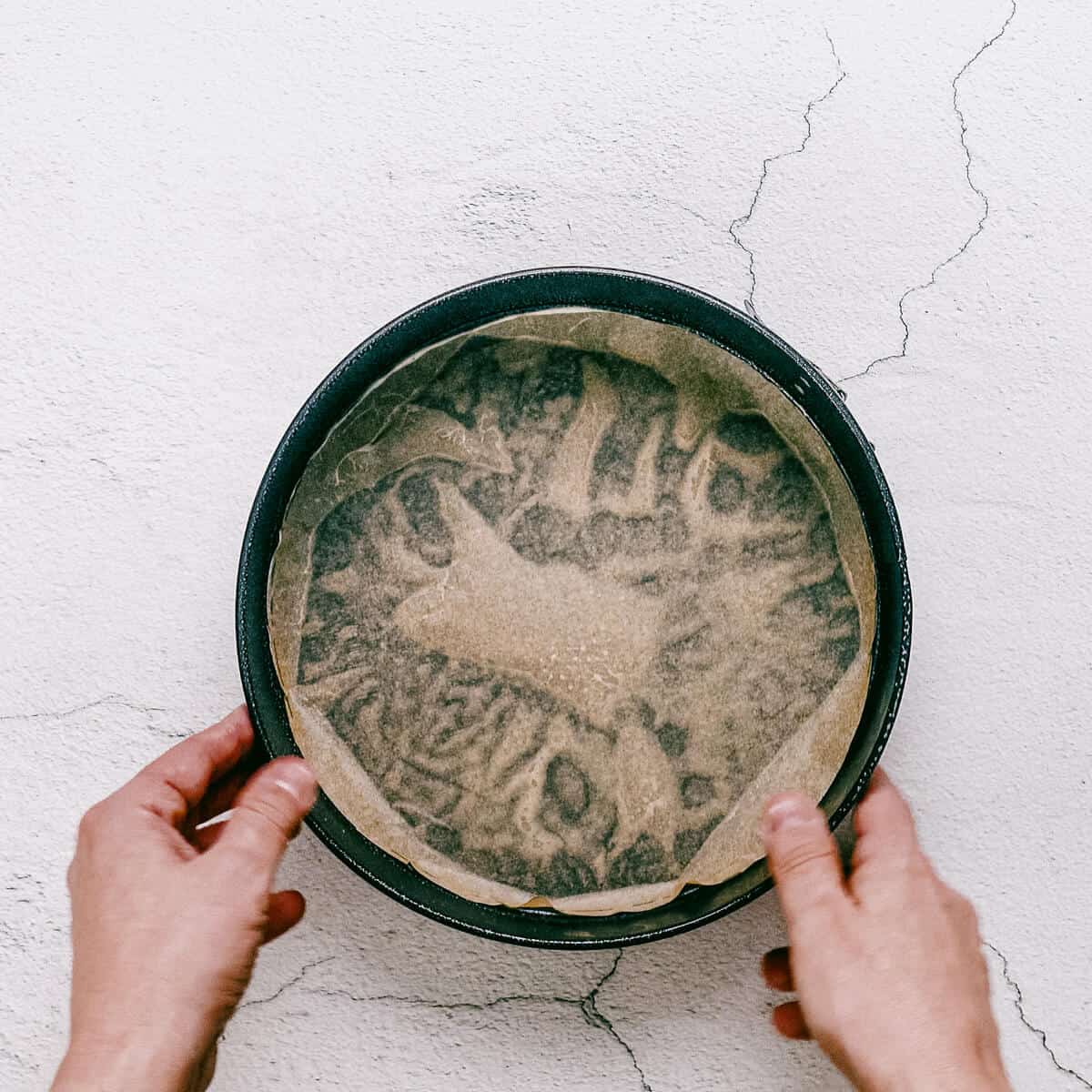
Line and grease a 25cm (10") cake pan with baking paper.
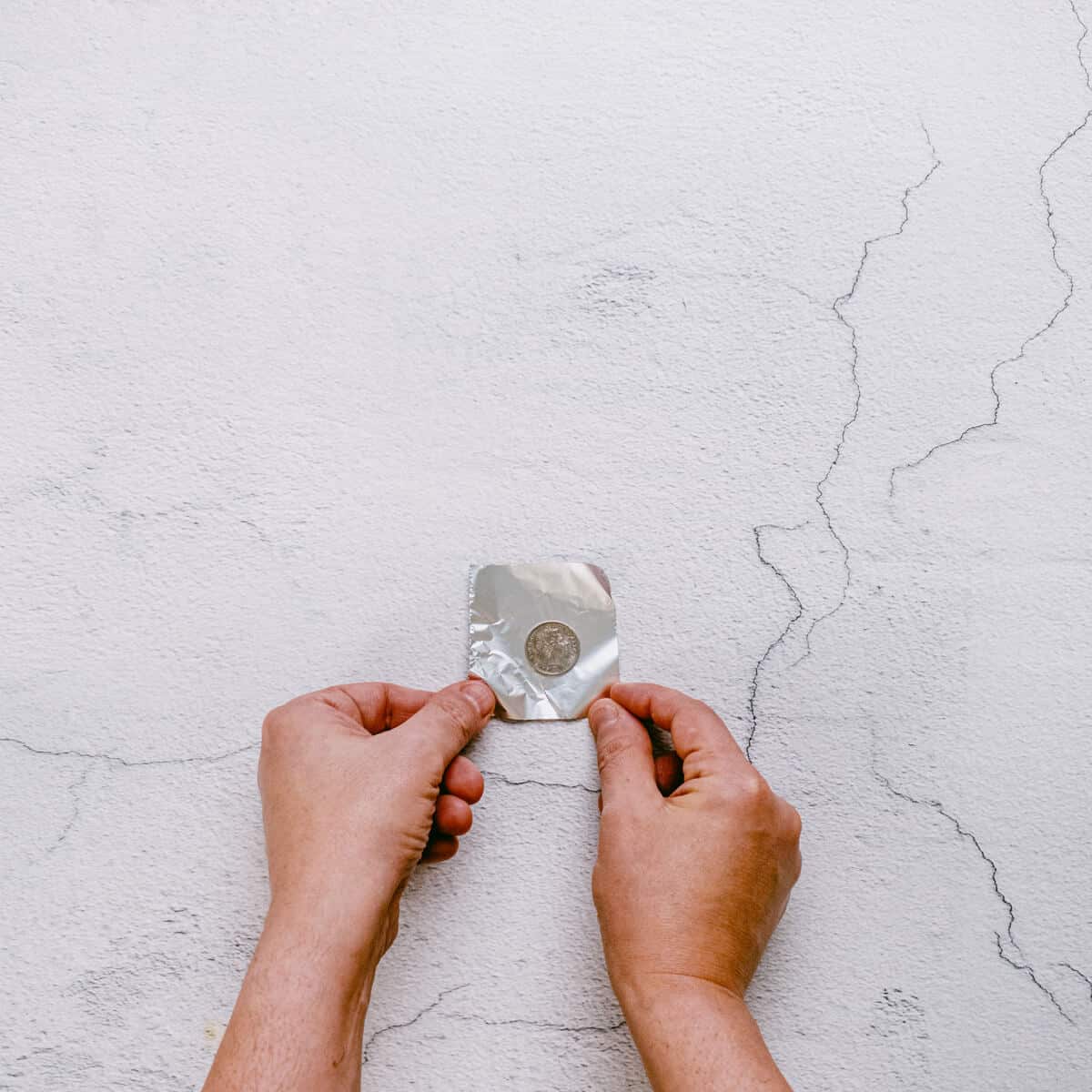
Wrap a coin in a small piece of aluminium foil and set it aside.

Combine the all-purpose flour and baking powder in a bowl and set aside.

Mix the butter and sugar in a large bowl of your stand mixer until pale and creamy.

Turn the speed down to low and add the eggs one at a time, ensuring they are well incorporated.
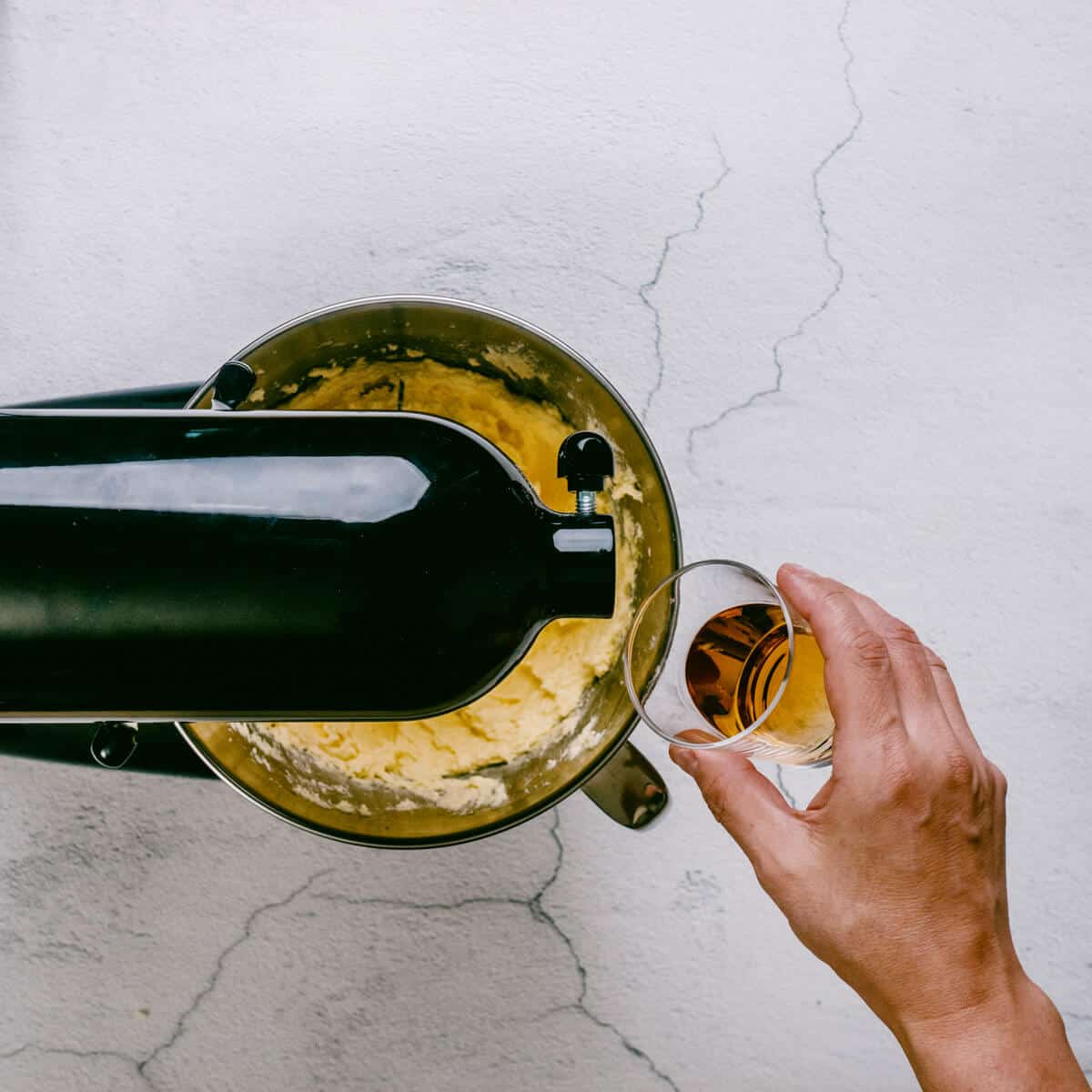
Add the vanilla extract, orange juice, orange zest and brandy and mix well.

Add the flour mixture in two parts until you end up with a thick cake batter.
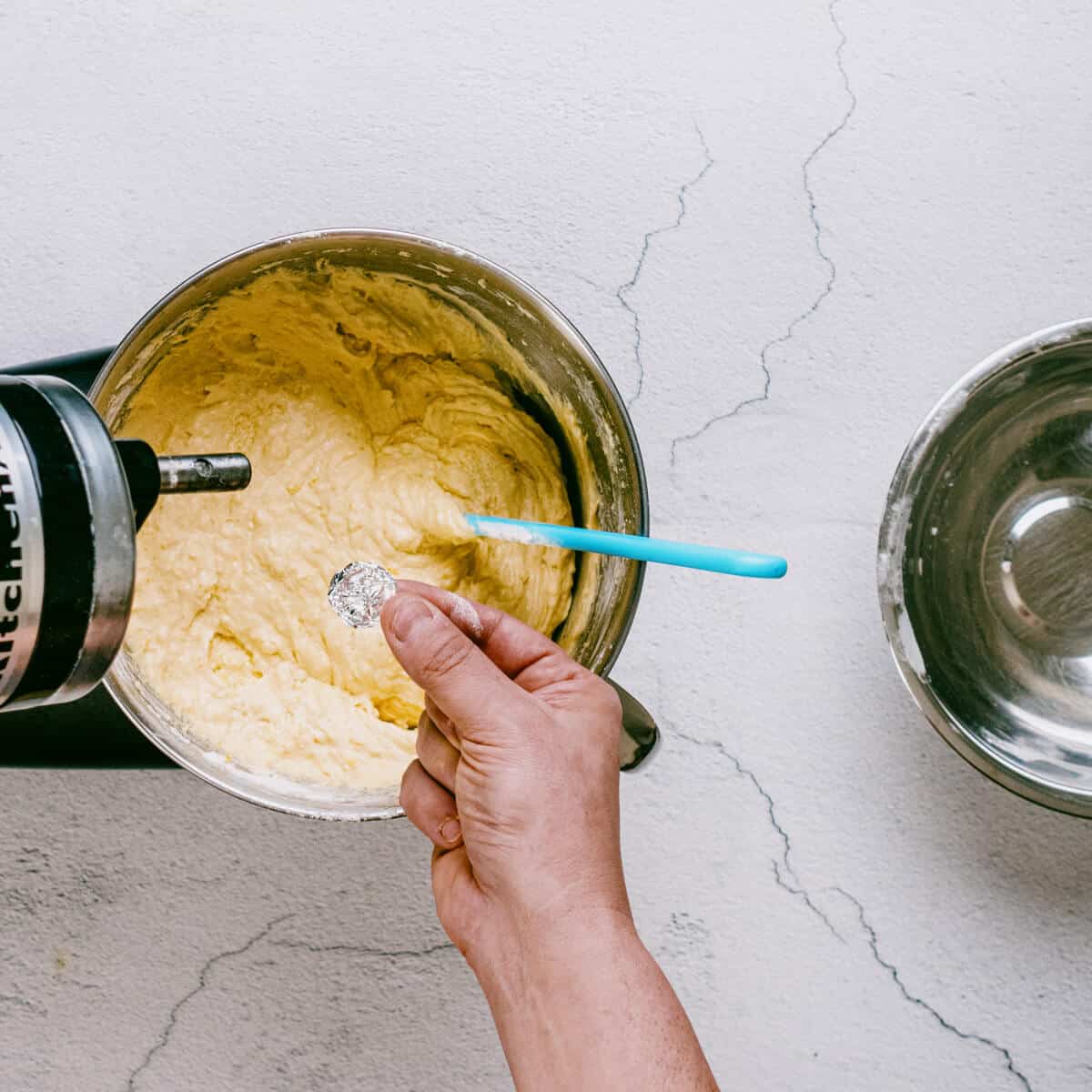
Finally, add the coin and fold through the batter.

Pour into the prepared round cake pan and bake for one hour.
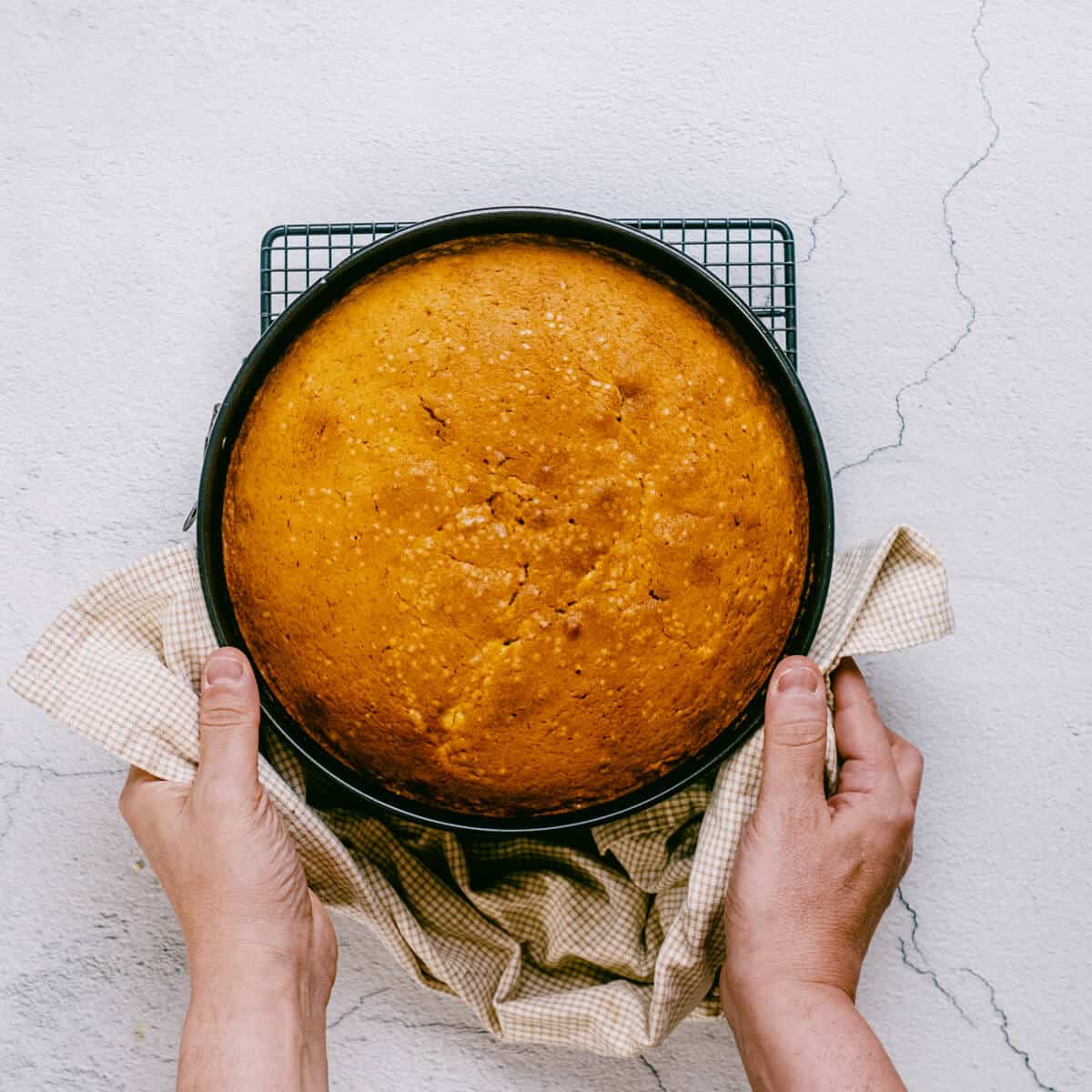
Allow the vasilopita to cool in the pan completely before inverting it onto a plate and dusting the top of the cake generously with powdered sugar.
Bakers tips
Follow these tips for the best results.
- Use unsalted butter - this will allow the flavour of the vasilopita to come through. Also, ensure the butter has come to room temperature and is soft.
- Use room-temperature eggs - this allows the cake to hold its structure. Cold eggs can also impact the butter, making it firm and hard to cream.
- Scrape down the sides occasionally when mixing the cake. This helps the batter mix evenly.
- Try not to use orange juice form a carton.
- Refrain from over-mixing the batter, as this will make the cake rubbery.
- Use a kitchen scale and weigh your ingredients for the best results.
- Store the cake in the fridge in an airtight container for up to 5 days.
Decorating the cake
- I've kept things simple by using a generous coating of powdered sugar.
- You can make a simple glaze with powdered sugar and milk for something extra special.
- Greeks traditionally use almonds on top of the cake and shape them to form the new year's numbers.
- You can also cut out a stencil of the numbers and dust the powdered sugar over that. It looks fancy and is an excellent activity for the kids.
Recipe FAQs
The head of the house will cut the cake and offer the first pieces to Christ, then Virgin Mary and finally to Saint Basil. Then a portion is provided to the host, his family, senior relatives, and the younger children.
You can store the cut portions in plastic wrap for up to 3 months. After that, allow them to thaw at room temperature and then reheat them in the microwave or an oven preheated to 325°F (160°C) for a few minutes.

Video- how to make it
More Greek cakes
If you've made this recipe or any other recipe on the blog - don't forget to rate it and leave a comment below. You can also follow the blog on Facebook, Instagram and Pinterest OR sign up to the Newsletter for the latest delicious recipes.
📋 Recipe
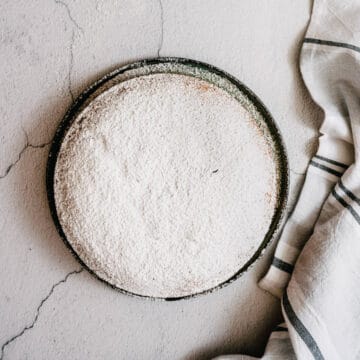
Vasilopita (Greek New Years Cake)
Ingredients
- 500 grams flour, all-purpose
- 1 teaspoon baking powder
- 250 grams butter, softened (see note 1)
- 450 grams sugar, granulated
- 3 eggs, room temperature (see note 2)
- 1 tablespoon vanilla extract
- 300 ml orange juice, freshly squeezed (see note 3)
- 1 tablespoon orange zest, (approx. 3 oranges)
- 60 ml brandy, or cognac
- 120 grams powdered sugar
Instructions
- First, preheat your oven to 160 deg C (320 F).
- Line and grease a 25cm (10") cake pan with baking paper.
- Wrap a coin in aluminium foil and set it aside.
- Combine the all-purpose flour and baking powder in a bowl and set aside.500 grams flour, 1 teaspoon baking powder
- Mix the butter and sugar in a large bowl of your stand mixer until pale and creamy. (see note 4)250 grams butter, 450 grams sugar
- Turn the speed down to low and add the eggs one at a time, ensuring they are well incorporated.3 eggs
- Add the vanilla extract, orange juice, orange zest and brandy and mix well.1 tablespoon vanilla extract, 300 ml orange juice, 1 tablespoon orange zest, 60 ml brandy
- Add the flour mixture in two parts until you end up with a thick cake batter. (see note 5)
- Add the coin and fold through the batter.
- Pour the batter into the prepared cake pan and bake for one hour. Insert a toothpick into the centre to test if the vasilopita is ready. If it comes out clean, the cake is cooked.
- Allow it to cool in the pan completely before inverting it onto a plate and dusting the top of the cake generously with powdered sugar.120 grams powdered sugar
Notes
- Use unsalted butter - this will allow the flavour of the cake to come through. Also, ensure the butter has come to room temperature and is soft.
- Use room-temperature eggs - this allows the cake to hold its structure. Cold eggs can also impact the butter, making it firm and hard to cream.
- Try not to use orange juice form a carton.
- Scrape down the sides occasionally when mixing the cake. This helps the batter mix evenly.
- Refrain from over-mixing the batter when folding through the flour, as this will make the cake rubbery.
- Use a kitchen scale and weigh your ingredients for the best results.
- Store the cake in the fridge in an airtight container for up to 5 days.
Nutrition
This website provides approximate nutrition information for convenience and as a courtesy only. Nutrition data is gathered primarily from the USDA Food Composition Database, whenever available, or otherwise other online calculators.
© Souvlaki For the Soul


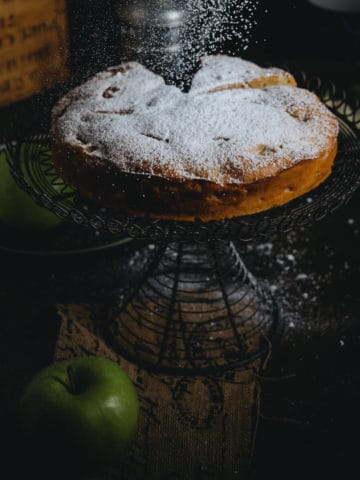
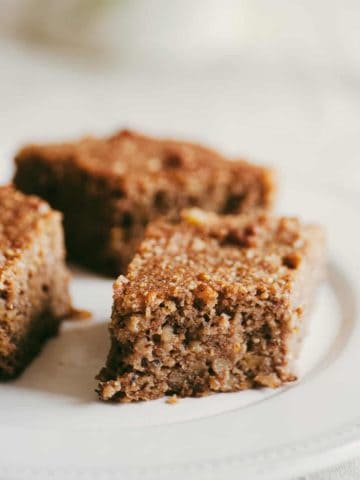
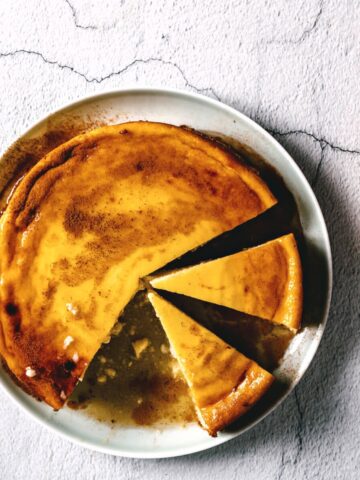
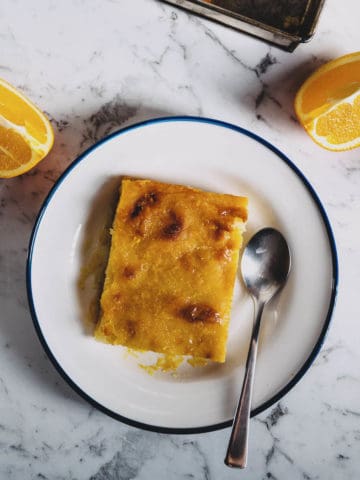


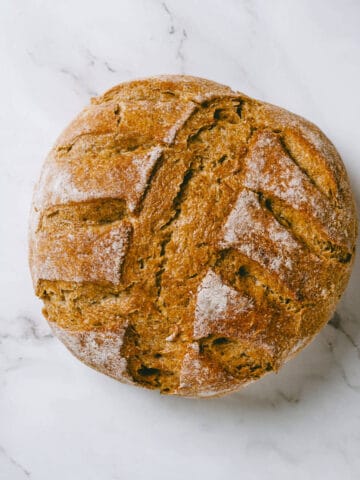
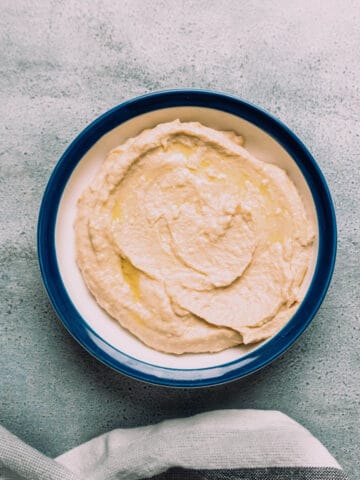
april
made this today for a small family/friend gathering and everyone absolutely loved it - thank you so much for this recipe! i made the cake per the recipe, though in a bundt pan and glazed with powdered sugar/orange juice and zest. though we're italian i think we'll be adopting this tradition moving forward. thanks and happy new year 🙂
Peter G
Enjoy!